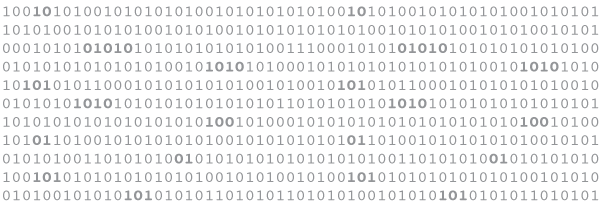tDAR and its parent organization, Digital Antiquity, are dedicated to ensuring the long-term preservation of digital archaeological data. These data document the archaeological record, the efforts of the archaeological and scientific community, and the material and social characteristics of the cultures studied.
Digital data are fragile. Both the file formats and the media on which they are stored are in danger of becoming obsolete, and the archaeological data they contain irretreivable. Records archived in tDAR are preserved for access and use today and will be maintained into the distant future by:
Protecting your Files
- Regularly and systematically checking the files in the tDAR repository to ensure that no deterioration has occurred.
- If file deterioration is detected, taking steps to remedy it.
- Periodically migrating and/or refreshing the digital files to provide for their long-term accessibility and preservation.
- Planning for obsolete technology.
- Maintaining files in open and preferable formats, and accommodating new industry standards for archaeological information.
- Storing rich, descriptive metadata with digital objects.

All digital objects are stored in the original format in which they were submitted and in a preservation format, if different. The original format is maintained at a bit level. The preservation format is selected to maintain a high level of stability though long-term migration. To maintain a high level of usability, a derivative format may also be created to ensure compatibility with contemporary software. Finally, tDAR will accommodate new industry standards as they evolve. For example, Microsoft Excel files (.xls) are maintained as submitted, but are transformed to ASCII CSV (comma separated value files) as a preservation format. In addition, tDAR will migrate Excel files to future versions (e.g., .xlsx) for dissemination.
Planning for the Catastrophic
Backups
A responsibility of a Digital Repository is to ensure that all materials deposited are properly backed up. This includes secure on-site and off-site backups of the entire repository. We perform random restores to ensure that all backups are intact and redundant backups include not only the underlying files preserved in tDAR, but the database and software that compose tDAR.
What happens to tDAR
Digital files in tDAR are protected in perpetuity. Digital Antiquity and Arizona State University Libraries have entered into a formal Memorandum of Agreement stating that in the event that Digital Antiquity is no longer able to support the development and maintenance of tDAR, files in the repository will be curated by the ASU Digital Repository.
At Digital Antiquity we preserve:
- Documents: Field Notes, Site Records, Reports, Dissertations, Articles, Presentations, etc.
- Data Sets: Databases, Spreadsheets, Tables, etc.
- Images: Photos, Drawings, Maps, etc.
- Virtual Archaeology: Lidar, 3D Scans, etc.
- GIS: Shapefiles, GeoDatabases, and Raster (GeoTiff, GeoJPG)
“There are tales of early archaeologists burning wood from the ruins to make coffee. If we fail to curate the [data] … archives we collect…at public expense, we essentially repeat those mistakes.”